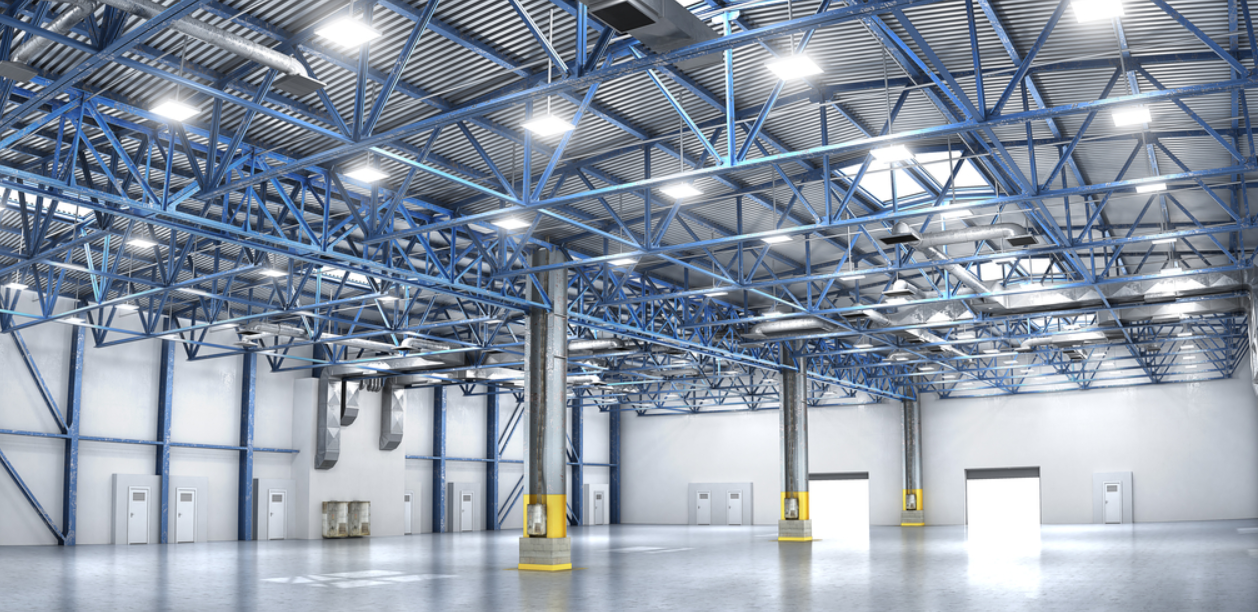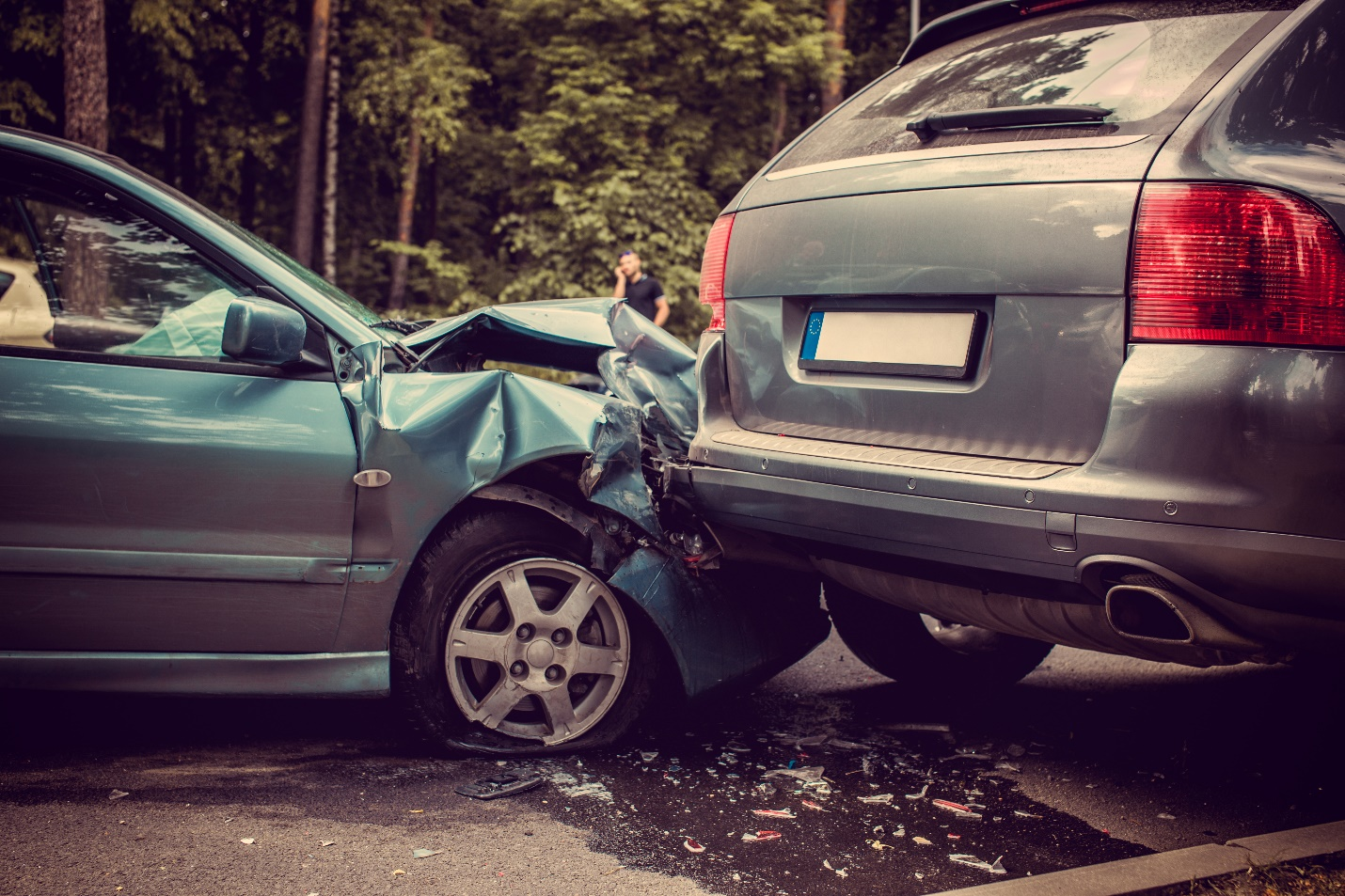Atlanta is a city full of dangerous roadways. While the highways are the most common spot for crashes, accidents are a daily occurrence throughout the city. Locals and visitors alike are prone to these crashes, suffering serious injuries or worse — not surviving them at all.
Auto accident attorneys in the area are constantly busy trying to assist injury victims in the aftermath. The added medical bills, loss of wages, property damages, mental anguish, and pain and suffering all take their toll on victims’ physical, mental, and financial well-being.
Atlanta Car Accident Statistics
Atlanta averages more than 30,000 car crashes each year, with the exception of 2020 because of lockdowns for the pandemic. It’s remarkable since Atlanta has roughly 500,000 residents. These statistics from the Georgia Electronic Accident Reporting System (GEARS) reveal that there have already been 29,937 crashes in 2023.
Although these accidents occur for varied reasons, they all point to trouble ahead for Atlanta residents. Being aware of how these accidents can happen will help you be more mindful on the road.
Causes of Car Crashes in Atlanta
What causes these crashes to happen in Atlanta? Take a look at the many factors that can lead to collisions — from minor fender benders to completely catastrophic crashes.
Distracted Driving
Distracted driving includes any behavior that takes your attention from the road. You’ll see people here texting while driving, eating, putting on makeup, or turned around talking to other passengers in the vehicle. All of these behaviors put Atlanta drivers and pedestrians at risk.
Drunk Driving
Even with awareness campaigns, driving under the influence is still one of the most common factors for crashes in the area. Combined with other factors such as speeding and recklessness, it sadly leads to many fatalities.
Speeding
On the highway, people often stomp on the gas pedal. Unfortunately, this means they have less time to react when traffic bottlenecks up ahead or a hazard arises.
Aggressive Driving
No one likes getting stuck in traffic, but aggressive drivers really take things to a new level. They speed, tailgate, cut other drivers off, and even run red lights, creating a scary situation for those around them.
Lack of Regard for Traffic Laws
At intersections in Atlanta, people tend to speed through yellow lights or run a red light to get where they’re going faster. All too often, this leads to a serious crash and catches innocent people in the crossfire.
They may also make bad lane changes, drive over sidewalks to cut around other cars, and put other drivers, pedestrians, and bicyclists in danger. Other problems arise with a lack of knowledge of one-way roads. Sometimes, drivers who are new to the area may not realize they’re going the wrong way. This leads to head-on collisions with catastrophic results.
Ultimately, there are too many accidents on Atlanta’s roads each year, even with a relatively small population. Be careful out there and consider hiring an attorney if you are involved in an accident.



